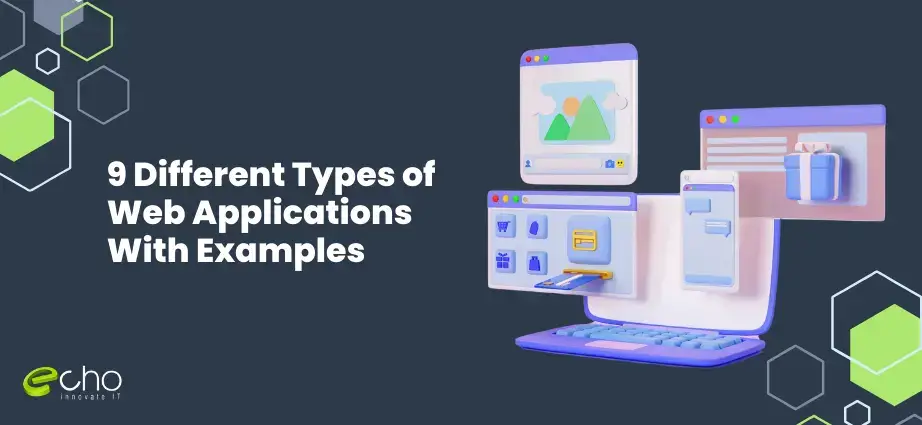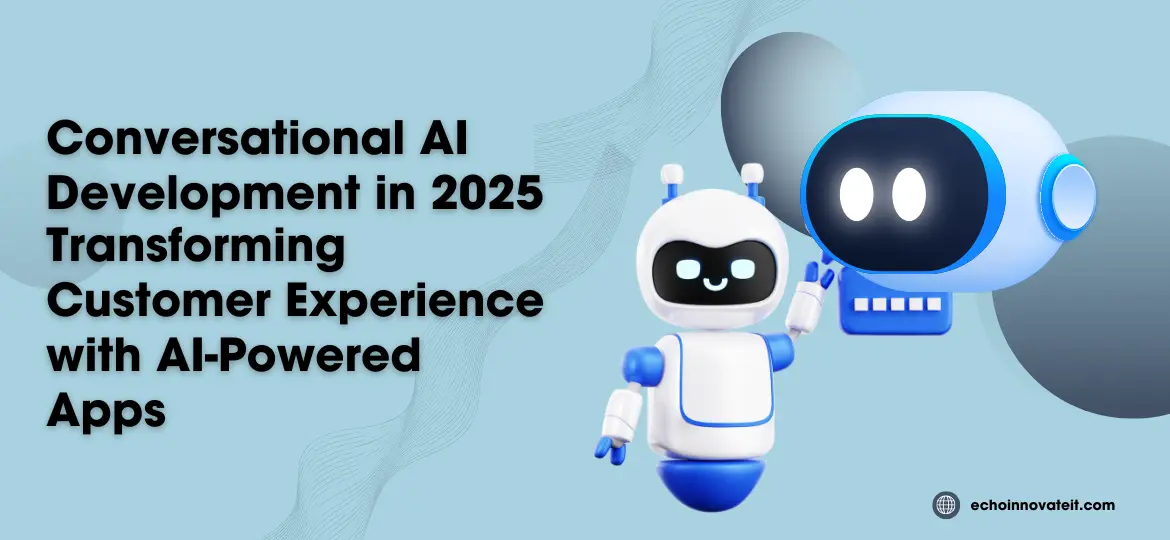There are different types of web browser (Chrome, Microsoft Edge, Firefox, etc.), there are a variety of web applications, too. They all differ in functionality, design, technology, and content.
If you plan to build your web app, knowing the difference between them is crucial. With this thought, let’s explore different types of web applications and how you can make one for yourself.
What Are Web Applications
Web applications are software programs that can be found directly on web browsers. Many of us think that websites and web apps are the same thing. Well..it’s not. A website is created to browse informative content like blogs, portfolios, news articles, and more. Website content can be read or viewed without any user interaction. On the contrary, web applications are made to build dynamic relations with their users through personalized interactions, user inputs, and regular updates. Examples include social media sites, project management systems, email clients, etc.
9 Different Types of Web Applications With Examples
1. Static Web Applications
Static web apps, as the name suggests, are simple and display similar content or information to all users. They are built using HTML, CSS, and JavaScript. The content in static websites is usually fixed with little to no user interaction.
These websites are well-suited for businesses wishing to provide their users with basic information. It is usually less expensive than dynamic websites as it has few complex features and saves time. You can prefer a static web app if you have a small business or startup company.
2. Dynamic Web Applications
Unlike static applications, dynamic web apps can change and update based on user demands. They are more flexible and provide engaging content to users to give them personalized experiences.
If your business wishes to offer dynamic web content with dashboards, multiple features, user-friendly designs, and digital services, you should opt for dynamic web applications.
3. Single-Page Web Apps
Using JavaScript, single-page Web Apps or SPAs share and update content on a single page. In this web app, users usually simultaneously see all the relevant information on a single page.
SPAs are faster and load faster than other web applications with multiple pages. This makes them ideal for businesses that want to provide users with a seamless and responsive experience.
4. Multiple-Page Web Apps
Multiple-page web apps provide different web content through URL addresses, creating multiple sections. For instance, if you are reading this blog on our business page and wish to contact us to hire our services, you can click on this link to get our “Contact us” page.
5. Portal Web Applications
Portal web apps are access points from where users can reach multiple destinations. They provide features like user logins, search engines, database management, etc. They also provide customized information to different individuals. Web portals work internally and combine with other applications to provide a seamless user experience to their users.
Web portals are ideal for large companies or MNCs with multiple web applications. You can combine all your platforms and services to reduce time and provide more information
6. E-commerce Web Applications
E-commerce web apps are popular in the digital market today. They are best for service providers who wish to sell any product or service through any online medium. Choosing a web application can be a great option to provide a mobile app experience through web browsers.
Some standard features of e-commerce web applications include shopping carts, order placing and shipping, payment gateways, and an easy checkout process.
7. Social Media Web Applications
Social media web applications connect people from different geolocations, update apps with new features and trends, and are excellent platforms where individuals can communicate and interact with others.
Social media platforms are a perfect choice if your business wants to bring a large user population to our page. You can add standard features like news feeds, group chats, user profiles, and messaging.
8. Progressive Web Apps
Progressive web applications are cross-platform web apps that leverage the most recent browser APIs (Application Programming Interface), features, and advanced enhancement methods to provide an experience similar to a native mobile app.
Progressive web apps use conventional web technologies such as HTML, CSS, and JavaScript. They provide high-quality performance, engaging users with smooth animations and no janky scrolling.
9. Content Management Systems (CMS)
A content management system (CMS) is a website application that allows the owner to change the content without relying on technical staff. The admin interface allows you to modify the material without knowing any programming language. You can alter material using an admin panel without knowing any programming language.
Conclusion
Finding the correct web application can be a crucial decision before developing one. This will help you understand the cost, market, required tools and technologies, and personal goals. So, which web application is ideal for your business? If yes, then great job!
If No, our web development agency can help you get started. We provide different website development tools and strategies so businesses can lead online platforms with flying colors. Please share your ideas with us and develop your web application today.
Also Check:
FAQs
What are the different types of web applications?
There are nine main types of web applications, including static web apps, dynamic web apps, e-commerce sites, content management systems, single-page applications (SPAs), progressive web apps (PWAs), enterprise web apps, social media platforms, and web-based games.
Can you give an example of a static web application?
Yes! A simple personal portfolio website is a great example of a static web application, as it typically displays fixed content without user interaction.
What is a progressive web app (PWA)?
A progressive web app is a web application that offers a mobile app-like experience, including offline capabilities and push notifications. An example is Twitter Lite.
How do e-commerce web applications differ from traditional websites?
E-commerce web applications facilitate online shopping by allowing users to browse products, add items to a cart, and complete purchases, like Amazon or Shopify, whereas traditional websites may simply provide information.



